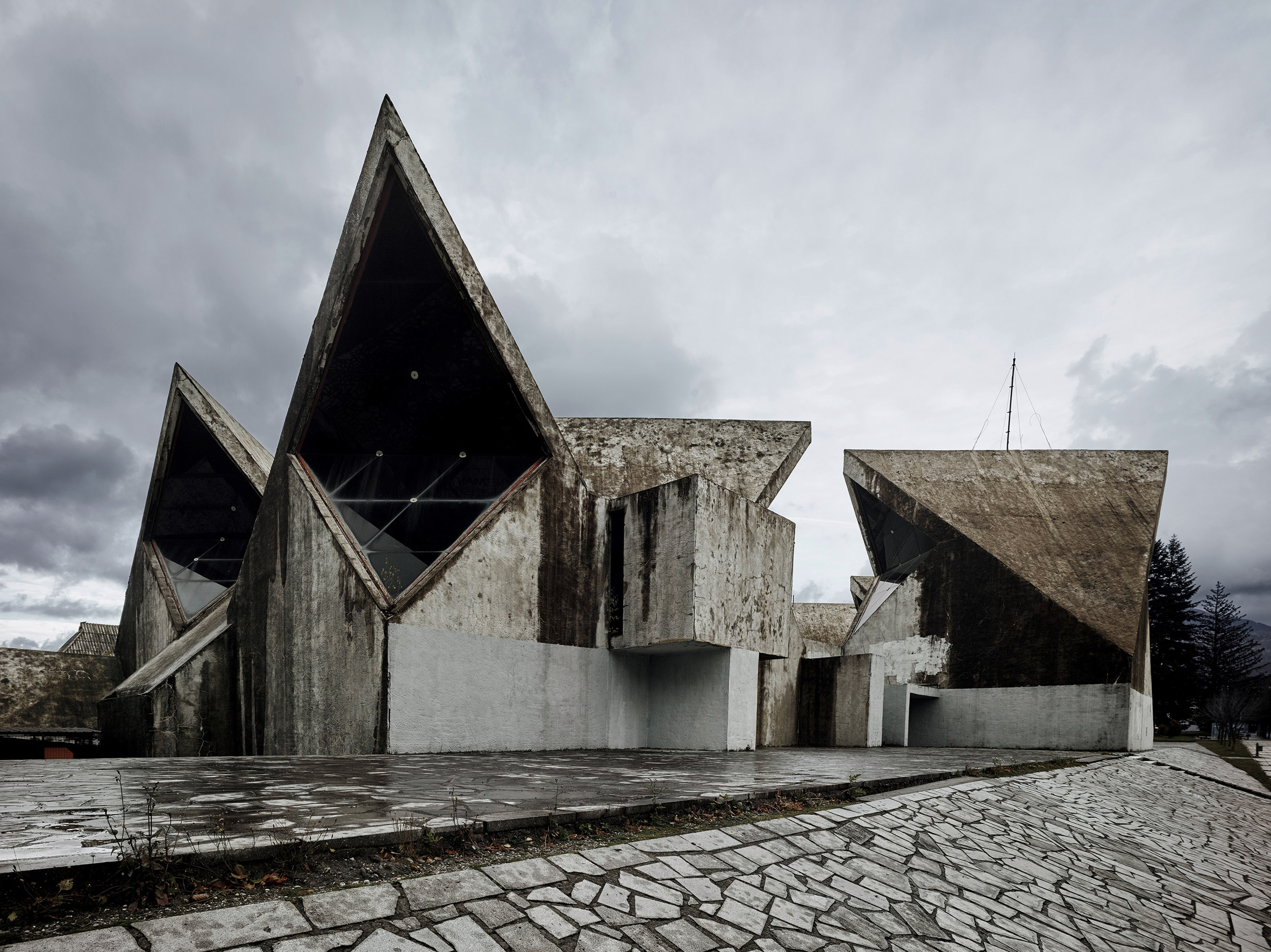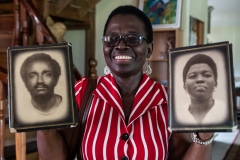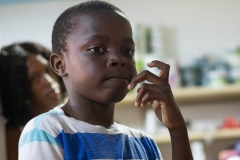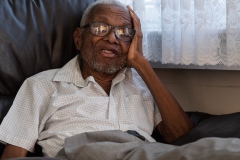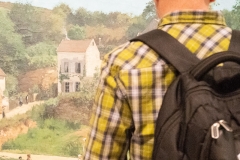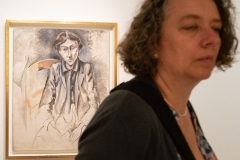The focus for activity this week has been on production of a draft presentation. Unfortunately, the timing of webinars has meant that I haven’t been able to present my work to others in the group (a process that I found really useful in the first module). Just by chance this has coincided with running a photography workshop for students starting fieldwork on the UCL Bartlett Development Planning Unit (DPU) MSc in Urban Development Planning. The purpose of the workshop was to explore how photography could be used in urban planning research and social impact analysis from initial reconnaissance through the design and conduct of the study to dissemination of outcomes (more detailed reflection on the workshop and follow up activities is in the project development section of my CRJ here). The close relationship with plans for my final major project meant that I could present and discuss my current and planned work, and critically analyse with the group the photographic work that influences what I am doing, and might inform their own production and use of images. Whilst not exactly a replacement for giving the draft presentation at the webinar (the workshop was 3 hours with three group activities and 106 slides, mostly images, not 10 minutes!), it did give me the opportunity to pull together relevant resources and get some feedback on my own work and analysis. I now want to revise my presentation and get some feedback from tutors if possible.
The major progress this week has been in making contacts and developing networks relating to my project. A discussion with Richard from JustSpace has generated new possibilities for working with community groups (a consortium of market traders campaigning around the effects of regeneration on London markets, the campaign of the Pueblito Paisa market in Haringey against a compulsory purchase order, and resident campaigns on two estates undergoing regeneration and development in Barking and Dagenham). The follow up to the MSc workshop involves accompanying students on fieldwork with three community groups, the first of which is Rooms of our Own at the Feminist Library next week). I am also now in contact with the Students’ Union volunteer photographers, and will arrange to meet with them shortly.
I haven’t, unfortunately, been able to make any new images this week. I need to do that over the coming fortnight so that my work-in-progress portfolio represents my current and emerging interests and approach. I’ll also be doing some printing in the coming week to be able to take some work to Paris for discussion.

